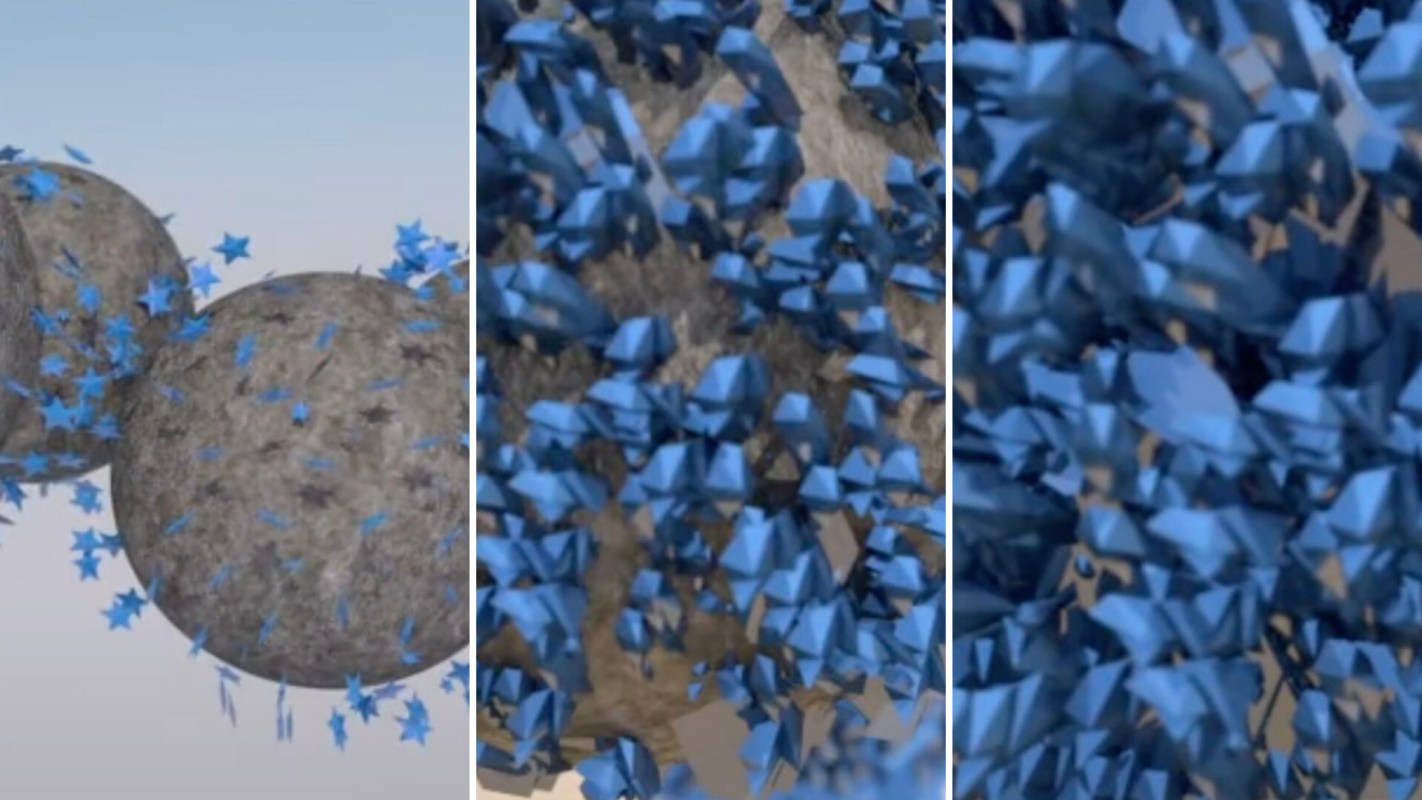An invention coming out of Switzerland is harnessing "nanolevel" crystals in a way that could transform the production of extremely common, highly used, and unfortunately dirty cement.
Nanogence's science leverages unique chemistry in its technique to form high amounts of the right kind of crystals needed to bind aggregates, often crushed stone for concrete. The material enhances the binding effectiveness of cement and other materials, with the goal of reducing demand, or replacing it altogether, according to summaries from the company and from online publication tech.eu.
It's an impressive breakthrough with 70 formulations, making it applicable to many "chemical system[s] worldwide," per Nanogence. Better yet, the addition of the crystals can easily be integrated into existing cement production, making it an inexpensive solution to implement.
In fact, the company states in a video clip that it's already working with 100 clients on five continents.
"Thanks to our patented technology and formulations, we have determined the chemistry happening right at the nanolevel and found the crucial mechanism that influence[s] the properties of the materials," Nanogence experts said on its company website.
The list of work orders that can be cleaned up with the tech is impressive, including concrete, mortar, roadways, and even drywall. Using Nanogence for these jobs can reduce air pollution by up to 50% in most cases. Other perks include cost reductions, less energy use, and increased strength and durability.
For drywall, Nanogence said its product can reduce the need for gypsum in the creation of the popular building material.
The company is coming off an "undisclosed" funding infusion from a group of investors, detailed in October by tech.eu.
"Our investment in Nanogence is another milestone in CirCap's commitment to supporting young European climate-tech businesses with disruptive technologies, helping them become global champions," CirCap founding partner Karl-Georg Altenburg said in the tech.eu report. The firm led the investment round.
The cement industry is widely reported to churn out 8% of the world's carbon pollution. Nanogence claims its innovation can reduce between 20% and 40% of the industry's emissions if it's widely used in the sector, equal to restoring half of the Amazon rainforest, per a graphic provided by the company. That would mean more than a billion tons of avoided air pollution a year, in Nanogence's "optimistic" forecast.
If true, the results are huge, as air pollution and planet overheating are increasingly linked to more health detriments, even impacting classroom performance for our children.
Other concepts being developed in the sector include using fungal networks to make a cleaner concrete alternative called mycocrete and injecting carbon dioxide into the concrete itself. Called CarbonCure, the latter process reduces cement reliance and traps air pollution.
Nanogence is already in action, supporting construction at India's Noida International Airport as it rallies funding for expansion, tech.eu reported.
"With growing demand worldwide, we need to align with like-minded strong backers for our growth phase," Nanogence CEO Abhishek Kumar said in the story.
Join our free newsletter for weekly updates on the coolest innovations improving our lives and saving our planet.









